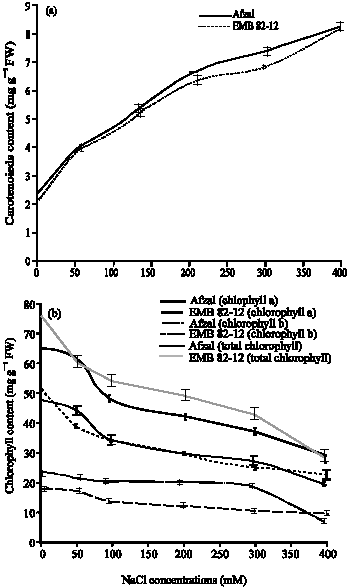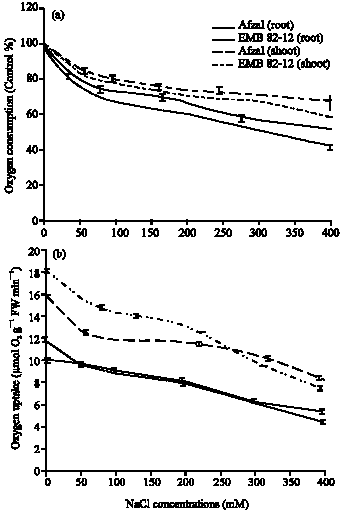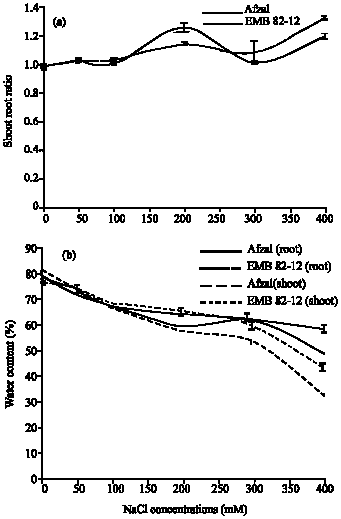Research Article
Effects of Salinity on Photosynthetic Pigments, Respiration, and Water Content in Two Barley Varieties
Department of Biology, Faculty of Science, University of Urmia, Iran
R. Heydari
Department of Biology, Faculty of Science, University of Urmia, Iran
T. Farboodnia
Department of Biology, Faculty of Science, University of Urmia, Iran











